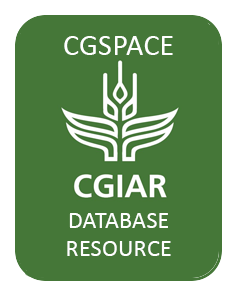Land use and land cover change and system level analysis to guide sustainable intensification efforts in mixed crop-livestock farming system
Changes in land use and land cover (LULC) are a major concern in Ethiopia. It has a significant impact on the environment, food and feed availability, and other ecosystem services and products for present and future generations.


